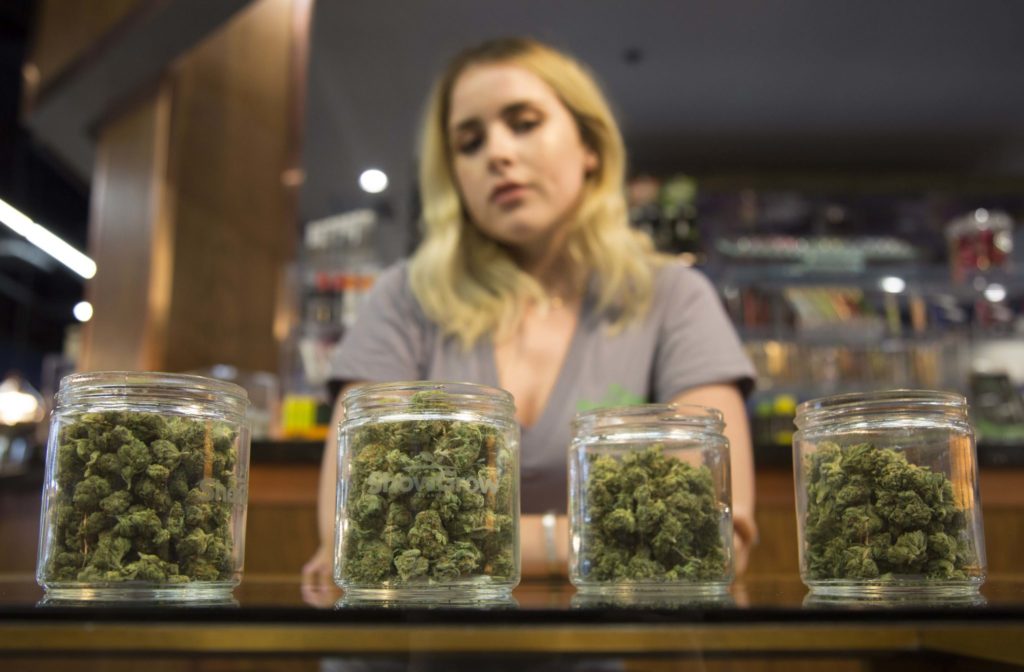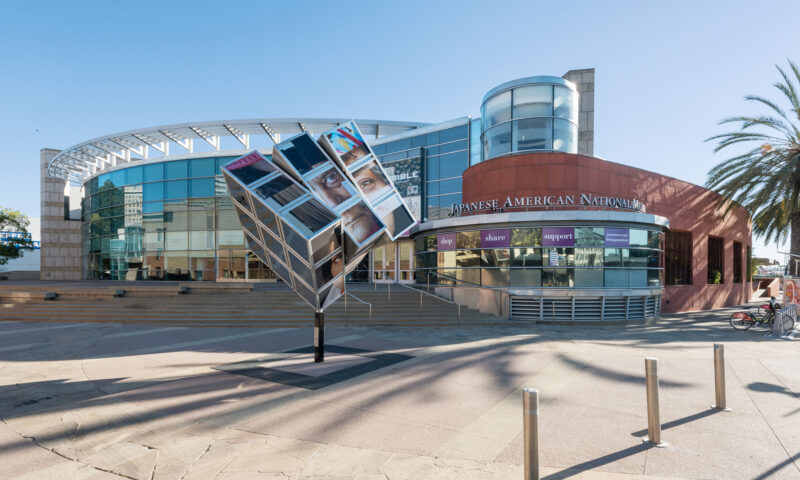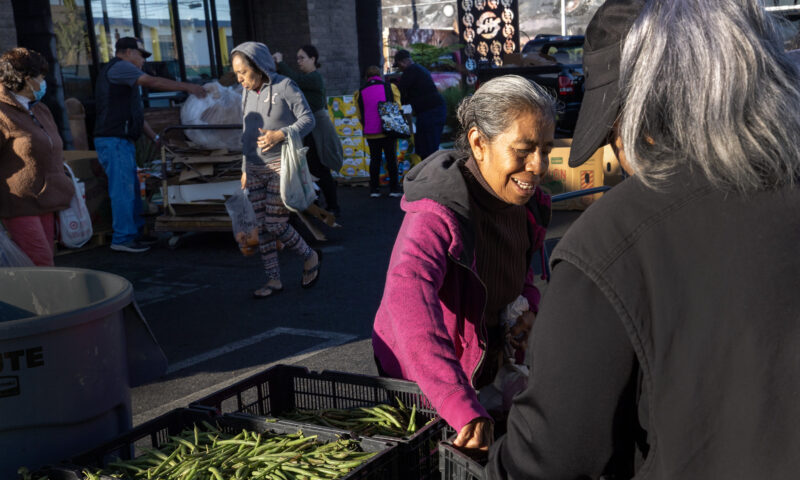Labor & Economy
Humboldt County’s Pot Seal of Approval
A four-month pilot program to control and confirm medical cannabis from Humboldt County began August 1, and will be extended another month through the end of the year. The program, dubbed “track and trace,” involves growers, manufacturers and dispensers in compliance with Humboldt’s Medical Marijuana Land Use Ordinance.

Photo by Pandora Young
A four-month pilot program to control and confirm medical cannabis from Humboldt County began August 1, and will be extended another month through the end of the year. The program, dubbed “track and trace,” involves growers, manufacturers and dispensers in compliance with Humboldt’s Medical Marijuana Land Use Ordinance.
How does this work? Encrypted software from SICPA Product Security, LLC, allows medical marijuana patients to verify that what they bought originated in Humboldt County, Alex Spelman, the firm’s vice president, told Capital & Main by phone. For example, buyers can use their smart phones to scan a proof of origin stamp on their weed purchases.
“The Humboldt technology is consistent with what we implemented to track and trace cigarettes using a cloud-based program with the state Board of Equalization since 2005,” Spelman said.
Such control of medical cannabis is a step away from pot prohibition and towards industry regulation. In this way, proof grows that the county’s artisanal pot business is apart from the black market, Mark Lovelace, a Democratic Humboldt County supervisor for the past eight years, said in a phone interview.
The shift is crucial, as marijuana remains illegal at the federal level. However, under the Obama administration, the U.S. Dept. of Justice has issued memos stating that it will not interfere with the cultivation, distribution and sale of medical cannabis under a state-approved program, according to Lovelace.
Planning for the Humboldt pilot began this spring in accord with the Medical Marijuana Regulation and Safety Act that Gov. Jerry Brown signed October 9, 2015. The MMRSA establishes a state licensing system of commercial cultivation, manufacture, retail sale, transit, circulation, transfer and testing of medical pot for approval by local governments.
The California Department of Food and Agriculture is in charge of track and trace for medical cannabis on a state level, and is developing those regulations now. A target date for the new regulatory framework is January 1, 2018.
Metrics on Humboldt’s pilot for medical cannabis are arriving soon. “The county agricultural commissioner will deliver a report on the program’s progress in late October,” Lovelace said.
Establishing dependable marijuana market data is a key to protecting the public’s safety, whereas under pot prohibition, one is left to guess.
Further, gathering solid data on pot market economics would clarify the shares of capital and labor. Take the migrant workers who trim harvested pot, dubbed “trimmigrants.” They are not employees or self-employed contractors. They receive pay “under the table.” They are at risk for sex abuse and wage theft. Counting labor’s hidden share of the pot market could improve the lives of such workers.
The Golden State decriminalized medical marijuana two decades ago with Proposition 215, the California Compassionate Use Act of 1996. Proposition 64, a fall state ballot initiative, the Adult Use of Marijuana Act, would legalize use of nonmedical, or recreational, marijuana for adults 21 and up.
Back in Humboldt on August 9, the County Board of Supervisors unanimously placed Measure S on the November 8 ballot. If voters give a nod to Measure S, it would tax commercial marijuana growers, depending on the type cultivated, at a rate of one to three dollars per square foot. The local tax revenues would fund environmental restoration and public services, such as rural ambulances and mental health care.
Measure S’s wording of “commercial marijuana cultivation” (medical and recreational) accords with that of Prop. 64. Measure S joins 51 other local pot initiatives statewide on the November 8 ballot, according to Ellen Komp of CalNORML, the California chapter of the National Organization for the Reform of Marijuana Laws, an advocacy group that backs Prop. 64.
Prop. 64 could yield annual tax revenue from hundreds of millions of dollars to over $1 billion per year, according to the California Legislative Analyst’s Office. In Humboldt, it is unclear the amount of yearly local tax revenue that Measure S would generate, Lovelace said.
Prop. 64 opponents are concerned with the impact ads for recreational marijuana will have on children and teens, if the measure passes. U.S. Sen. Dianne Feinstein is among California electeds urging a no vote on Prop. 64. She claims it would increase highway fatalities due to marijuana-impaired drivers, according to the state’s Official Voter Information Guide.

-

 StrandedNovember 25, 2025
StrandedNovember 25, 2025‘I’m Lost in This Country’: Non-Mexicans Living Undocumented After Deportation to Mexico
-

 Column - State of InequalityNovember 28, 2025
Column - State of InequalityNovember 28, 2025Santa Fe’s Plan for a Real Minimum Wage Offers Lessons for Costly California
-

 The SlickNovember 24, 2025
The SlickNovember 24, 2025California Endures Whipsaw Climate Extremes as Federal Support Withers
-

 Striking BackDecember 4, 2025
Striking BackDecember 4, 2025Home Care Workers Are Losing Minimum Wage Protections — and Fighting Back
-

 Latest NewsDecember 8, 2025
Latest NewsDecember 8, 2025This L.A. Museum Is Standing Up to Trump’s Whitewashing, Vowing to ‘Scrub Nothing’
-

 Latest NewsNovember 26, 2025
Latest NewsNovember 26, 2025Is the Solution to Hunger All Around Us in Fertile California?
-

 The SlickDecember 2, 2025
The SlickDecember 2, 2025Utility Asks New Mexico for ‘Zero Emission’ Status for Gas-Fired Power Plant
-

 Latest NewsDecember 1, 2025
Latest NewsDecember 1, 2025Accountable to No One: What 1990s L.A. Teaches Us About the Trump Resistance

